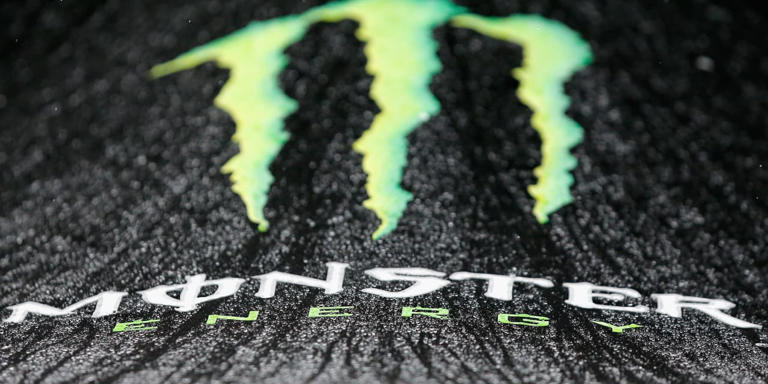Shares of Monster Beverage Corp. plunged sharply in after-hours trading on Wednesday, dropping 7.4% following the release of its second-quarter earnings report, which revealed disappointing results. This decline has compounded the stock’s year-to-date decrease, which now stands at 12.3%.
The company’s financial performance fell short of Wall Street’s expectations, highlighting several key issues impacting its operations. For the second quarter, Monster reported a net income of $425.4 million, or 41 cents per share, which is an increase from $413.9 million, or 39 cents per share, in the same quarter of the previous year. Despite this improvement, the earnings per share figure missed the FactSet consensus estimate of 45 cents per share. Revenue for the quarter also grew to $1.9 billion, up from $1.85 billion in the prior-year quarter. However, this figure fell short of analysts’ expectations, which had forecasted $2.01 billion.
A major factor contributing to the disappointing results is the shifting consumer behavior affecting Monster’s core business. Hilton Schlosberg, one of Monster’s co-CEOs, pointed out that there has been a notable decline in foot traffic at convenience stores, which have traditionally been a primary retail channel for energy drinks. This reduction in convenience store traffic has led to a shift in consumer purchasing patterns towards mass-market and dollar-store channels. This shift has negatively impacted Monster’s sales performance in these key retail outlets. Schlosberg also noted that the broader beverage and consumer packaged goods sector is experiencing a tighter consumer spending environment, which has contributed to weaker demand in the quarter.
The impact of these trends is evident in the company’s performance across different product segments. Monster’s alcoholic beverage segment, which includes products such as The Beast Unleashed and Nasty Beast Hard Tea, suffered a significant 31.9% decline in sales, totaling $41.6 million. This drop was primarily driven by weaker demand for flavored malt beverages. In response to these challenges, Monster is undertaking several strategic actions, including consolidating its production facilities to enhance operational efficiency and appointing a new president for Monster Brewing to lead the company’s efforts in this segment.
These difficulties come amidst broader industry challenges. Analysts, including those from Truist Securities, have expressed concerns about Monster’s growth prospects, suggesting that the company’s expansion in the U.S. energy drink market may have reached its limits. Stifel analysts have highlighted additional pressures, such as higher gas prices and reduced spending among lower-income consumers, which have negatively impacted Monster’s sales in convenience stores. Convenience stores, which account for approximately 64% of Monster’s U.S. sales, are facing reduced traffic as consumers increasingly turn to larger retailers like Costco and Walmart for their purchases.
Monster’s struggles with convenience stores are echoed by recent statements from Celsius Holdings Inc., a competitor targeting the wellness segment with its energy drinks. Celsius CEO John Fieldly noted that competition within the energy drink category is intensifying. He highlighted that the growth has shifted from full-sugar energy drinks to sugar-free options, which now constitute a significant portion of the category. To address these competitive pressures, Celsius is investing in additional resources for sales, merchandising, and marketing.
Overall, Monster Beverage Corp. is confronting a range of market challenges that are impacting its financial performance and growth prospects. These challenges include shifting consumer behavior, intensified competition within the energy drink sector, and changing dynamics in retail channels. As Monster navigates these obstacles, the company’s ability to adapt and respond to evolving market conditions will be crucial in determining its future trajectory.
